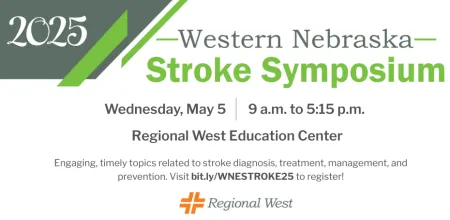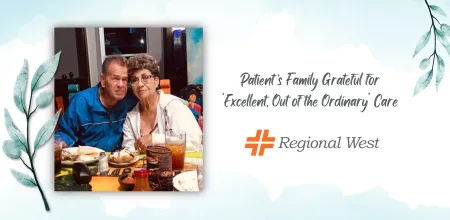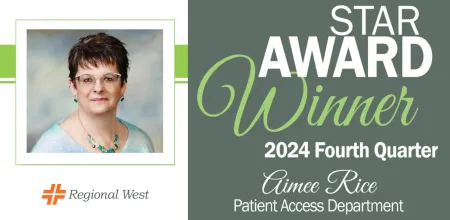Regional West Stresses the Importance of Breast Cancer Awareness

SCOTTSBLUFF, Neb., – In recognition of Breast Cancer Awareness Month, Regional West Breast Health Center advises that an annual mammogram, after age 40, is the best screening tool to detect breast cancer early.
According to the American Cancer Society, among US women in 2017, there will be an estimated 252,710 new cases of invasive breast cancer, 63,410 new cases of breast carcinoma in situ, and 40,610 breast cancer deaths.
“The Breast Health Center follows the American College of Radiology recommendation that women receive annual mammograms starting at age 40,” said radiologist Gitesh Chheda, MD. “It’s all about saving lives. More women are living longer following a breast cancer diagnosis because we have the technology to find tumors just millimeters in size, when it’s most treatable.”
Most breast cancer – about 85 percent – occurs in women who have no family history of breast cancer. It can occur at any age, but it is much more likely after age 40 and the risk increases with age. Breast cancer can also occur in men, although it is rare.
To encourage regular mammogram screening, the Breast Health Center offers scheduled appointments as well as “Walk-in Wednesdays.” No appointment is necessary on Wednesdays between 9 a.m. and 3 p.m. The walk-in hours are extended on the second Wednesday of each month to 9 a.m. to 7 p.m.
To schedule a mammogram at the Breast Health Center, call 308-630-2700 and press option one.
Regional West Health Services in Scottsbluff, Neb., is the parent company of Regional West Medical Center, a 182-bed regional referral center and one of three Level II Trauma Centers in the state. As the region’s only tertiary referral medical center, Regional West offers care that spans more than 32 medical specialties provided by over 28 physician clinics. With nearly 300 providers, and over 2,000 employees, Regional West provides comprehensive and innovative health care services for the people of western Nebraska and the neighboring states of Colorado, South Dakota, and Wyoming.








